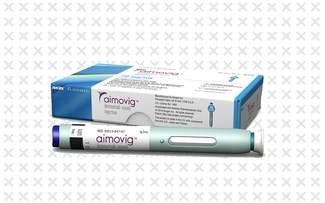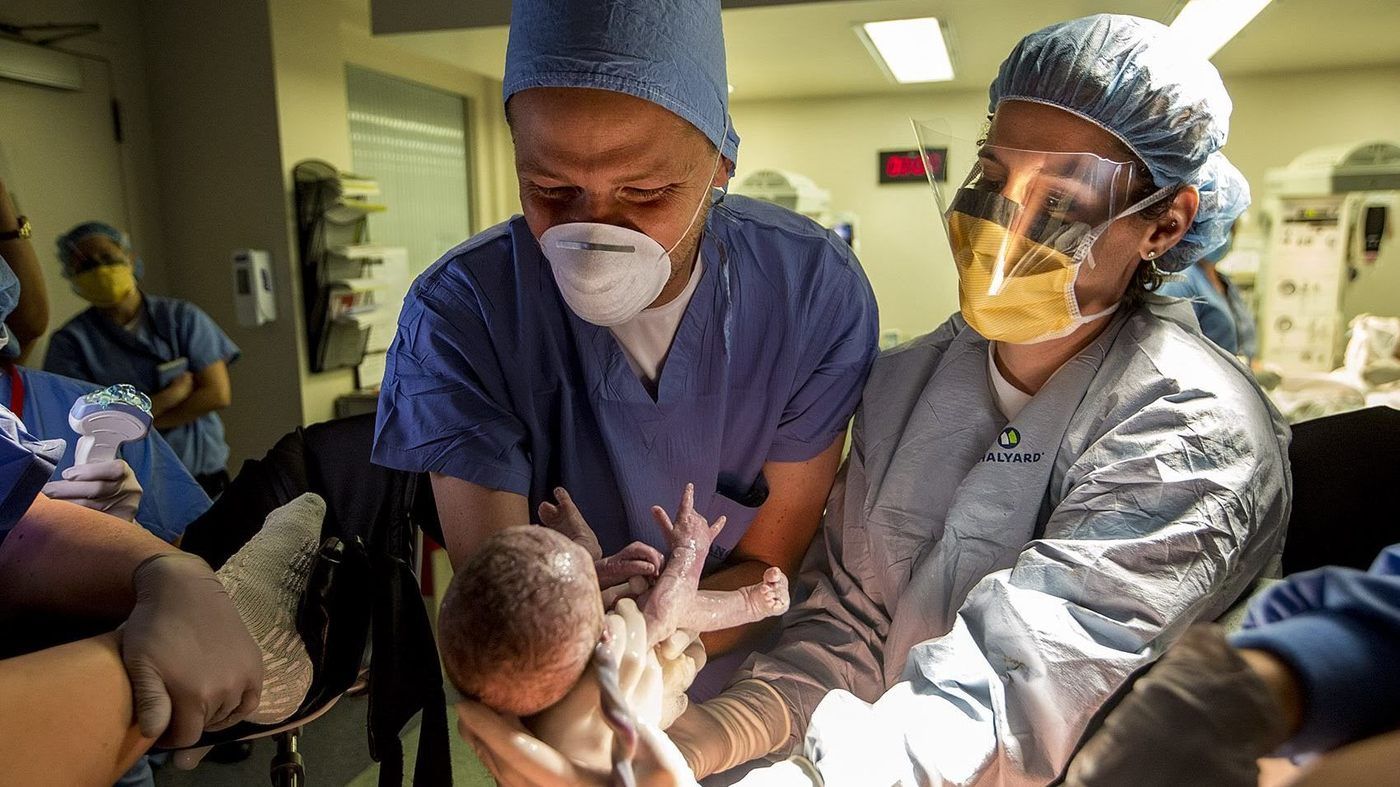Very excited to join IdeaXme (http://radioideaxme.com/) as Longevity Ambassador, utilizing this wonderful media platform to help expand global awareness of the people engineering a future free of aging, disease, degeneration, and suffering.


Very excited to join IdeaXme (http://radioideaxme.com/) as Longevity Ambassador, utilizing this wonderful media platform to help expand global awareness of the people engineering a future free of aging, disease, degeneration, and suffering.

Countless new products and medications hit stores’ shelves and doctors’ prescription pads every year. Many are a result of small tweaks to already available treatments. A select few, though, totally change the game: A preventative migraine drug slashes monthly headaches in half, an injectable gene restores sight to those with a degenerative eye condition, and a better-designed sunscreen helps more people keep damaging rays at bay. These 10 medical advances represent how science, technology, and creative thinking can help us live longer, better lives.
Aimovig by Amgen & Novartis


An elusive medical advance might finally be within grasp, one that could make some couples’ sex lives a lot more convenient. This week, researchers officially kicked off the first wide-scale clinical trial of a male contraceptive topical gel.
The trial, funded by the National Institute of Child Health and Human Development (NICHD), is set to enroll 420 relatively healthy and young couples. The couples will be recruited from nine different study sites in seven countries scattered across the globe, including Chile, England, and Sweden. But the first batch of volunteers will come from sites in the U.S. in Seattle, California, and Kansas.

by Russell Corlett, health and safety director for Peninsula. The HR and employment law business consultant is based in Manchester and has over 30 years’ experience, as well as an international presence in Australia, Canada, and New Zealand.
Health and safety has faced a major upheaval in recent years. The arrival of the digital revolution, and changing corporate and social attitudes, has seen a seismic shift in how the industry operates.
As we adapt to technological advancements and diverse workplaces, let’s break out a crystal ball, examine the available evidence, and see where things may be a decade from now. The future of business While we can’t say for sure what will happen, it’s possible to make an educated guess. There are already white papers speculating on the future business world, such as a detailed analysis by professional services network PwC. This report suggests four potential outcomes by 2030:


For a few people—those who are terminally ill, in severe pain and determined to die—suicide may be the least terrible option. In such circumstances, and with firm safeguards, doctors should be allowed to assist. But many of the 800,000 people who kill themselves each year act in haste, and more could be saved with better health services, labour-market policies and curbs on booze, guns, pesticide and pills. America, in particular, could spare much pain by learning from the progress elsewhere.
Urbanisation, fewer forced marriages and more curbs on the means of self-destruction.


The bathroom is arguably the last bastion of privacy, but soon a new high-tech lavatory could be tracking your every movement.
Researchers at the European Space Agency (ESA) and MIT have teamed up with sanitation specialists to create the ‘FitLoo’ which screens human waste for early signs of disease.
Data gathered by the sensors in the toilet bowl could be beamed to the users mobile phone so they can see how their health is changing or even directly to the GP so they could keep a remote eye on patients.
